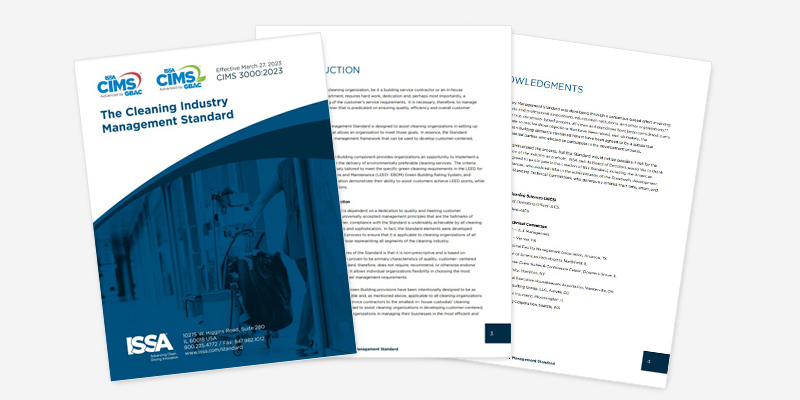Measuring Worker Intangibles

Ideally, measurement is assigning numbers to data to improve decision-making, and while it often includes tangibles such as cleanable square footage, square feet cleaned per hour, and supply and labor costs, the measurement of intangibles, such as employee empowerment, morale, strategic alignment, and quality of work, means changing soft data to hard(er) data through better definitions and precise use of language.
“Sloppy and ambiguous language gets in the way of measurement,” noted Douglas W. Hubbard in his book, How to Measure Anything: Finding the Value of Intangibles in Business.
Terms such as “worker empowerment,” “morale,” “strategic alignment,” and “quality of work” require a tangible definition, unambiguous language, and the conversion of intangibles into business metrics.
Without clarity, these ideas risk becoming buzzwords that no one can act on. You want to shift them to real drivers of performance.
Defining and measuring worker empowerment
Worker empowerment refers to the extent of autonomy and decision-making authority that employees feel they have.
It stems from clarifying expectations for results based on a scope of work, then giving workers the authority, confidence, tools, and techniques to achieve the desired outcomes. In larger operations, teams are empowered and held accountable for results.
A 2011 study, entitled Antecedents and Consequences of Psychological and Team Empowerment in Organizations: A Meta-Analytic Review, published in the Journal of Applied Psychology, noted that worker empowerment is positively associated with job satisfaction, organizational commitment, and both individual and team performance.
Most workers want to do a good job for customers, so their ability to respond to customer requests, complaints, or other communications is basic to empowerment.
One Dallas–Fort Worth-area building service contractor (BSC) places service validation cards in cleaned areas and informs customers so they can scan a QR Code and immediately reach a responsible worker or workers authorized to address customer input quickly, decreasing response times.
A study on response times and consumer satisfaction found that consumers expect companies to reply to complaints posted on social media platforms within one to three hours (X, formerly known as Twitter) and three to six hours (Facebook).
Direct response methods and empowered workers can significantly reduce these times.
In empowered-worker companies, decisions can be made at lower levels and more quickly, resulting in better customer service and a “flatter” organization with reduced management overhead to contend with.
“Ownership” of the work can be tracked through a 1-10 engagement index based on response times graphed for trend analysis and compared to customer complaints, praise, or other input levels.
Regular worker feedback sessions, surveys, and measuring complaint-response data help management to make better decisions for customer satisfaction and retention.
Defining and measuring morale
Morale refers to the collective enthusiasm, satisfaction, and sense of purpose that employees have towards their work.
Morale is related to employees’ perception of their work value and quality.
Dr. W. Edwards Deming famously asked a group of business students: “What is quality?” Answers ranged from the substance of “producing a product or service that people want” to “zero defects,” but after some discussion, Deming paused and said, “Quality is pride of workmanship.”
Replace vague terms like “good morale” with measurable indicators such as “percentage of positive responses in worker satisfaction surveys” and ask questions, such as “On a scale from 1-10, how would you rate your ability to take pride in your work?” and “How likely are you to recommend working here?”
Defining and measuring strategic alignment
Strategic alignment is the extent to which employee efforts synchronize with the goals of the organization, and which can be measured using a performance scorecard with checkboxes and blanks to:
- Define strategic objectives through ongoing discussions with all stakeholders. An example would be to “clean for health” by having a clearly articulated protocol for dust management and knowing the number of asthmatics in a building.
- Identify key performance indicators (KPIs), such as keeping airborne dust levels associated with cleaning below target limits as measured by desktop or wall-mounted particle counters.
- Implement and monitor by asking workers to “check the box if you are following the dust management protocol” and record the airborne dust levels before and after cleaning using a spreadsheet or a smartphone app.
Utilize the insights from performance scorecards to enhance alignment, refine strategies, and optimize performance.
Defining and measuring quality of work
Quality of work results from meeting cleaning standards, paying attention to detail, and taking ownership of the outcomes.
A quality scorecard can include blanks for workers to assess their work, such as:
- On a scale from one to 10, with 10 being best, my cleaning enables me to take pride in my work ________.
- On a scale from one to 10, with 10 being best, I would rate our overall work quality as ________.
- On a scale from one to 10, with 10 being best, I would rate our floor cleaning, surface cleaning, restroom cleaning, and waste management as________(enter a number for each category).
A quality scorecard should also include blanks for customers to assess cleaning quality using the same scale.
Since quality is a constantly evolving target, the scorecard serves as a catalyst for discussion, a basis for comparing staff perceptions with customer feedback, and a basis for modifying the scope of work to drive process improvement.
Benefits of measuring intangibles
Integrating intangible metrics into your cleaning operation offers many benefits:
- Improved employee engagement: Empowered and satisfied employees are more likely to be productive and committed.
- Better alignment with goals: Tracking strategic alignment ensures that all efforts contribute to organizational success.
- Enhanced work quality: Defining and measuring quality standards leads to consistent excellence.
- Informed decision-making: Comprehensive measurement provides a clearer picture of overall performance.
“All decision-makers could benefit from learning that anything they really need to know is measurable,” noted Douglas W.
Hubbard.
Measuring intangibles also does not require rocket science precision or the equivalent. As Warren Buffett once said, “It is better to be approximately right than precisely wrong.”
Tracking important intangibles, even imperfectly, will enable tangible business gains through better management decisions.





















